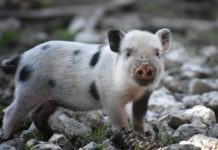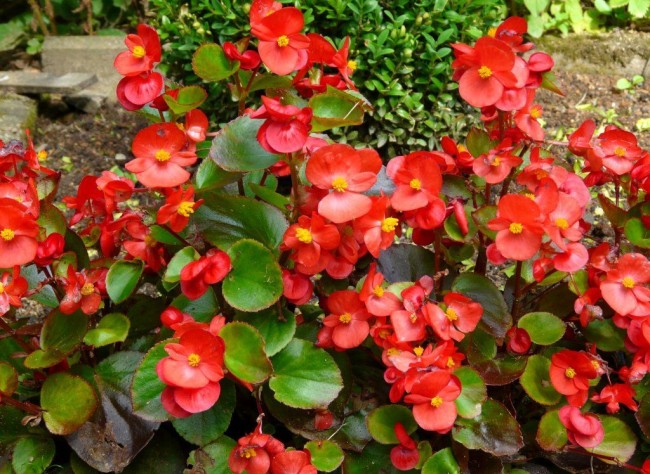Begonia is one of the most beautiful plants that adorn our gardens, parks, and apartments. Flower belongs to the great Begoniaceae family. To date, this genus includes about 900 full and 2,000 hybrid species. The first begonia was described back in 1690 by Michelle Begon, and for decorative purposes, people began to use it only 200 years ago.
In order to care of Begonias you need to know the basic rules, which promote good growth and flowering of begonias at home:
- Best begonia grows and develops in warm, not below 18 degrees in winter and 20 degrees in summer.
- It loves the light, but poorly tolerates the direct rays, so it is better not to leave it for a long time under the sun.
- The plant requires a frequent watering, but you should be careful and not waterlogged the soil and try not to pour water on leaves. It is not necessary at all to spray it: this can lead to the appearance of spots on the leaves. Better keep around a container of water to maintain optimal humidity.
- It is worth noting that the begonia does not like reshuffles. It is better not to move it without much need and not to touch the leaves.
- Care of Begonia is simple: it is enough to cut off the dry leaves. It is necessary for some cultivars to prune the tops to let go them sideways.
- During the growth period, they can be additionally fertilized with minerals.
- The main diseases that attack plants are mildew, rot, bacterial spot. Among the pests are allocated aphids, spider mites, weevils, caterpillars, and thrips.
To learn more about the features of the care of Begonia or other plants, visit this site https://hi-spring.com/. There you can find all needed info.
Gladiolus planting and handling
Gladiolus should be planted in a dried up and warmed to 10°C (at a depth of 10-12 cm) soil. In the middle zone, the planting time varies from the late April to middle May. Small corms should be planted early in order to extend the vegetation period and to obtain a good planting material in autumn.
Before planting the corms should be cleaned from covering scales and to burn diseased ones. It’s also desirable to clean the tubers, but you can soak them for 10 to 12 hours in 0.5 percent solution of potassium permanganate, which also acts as a growth stimulant. Processed tubers recommended planting immediately. Tubers, treated with 0.5 percent solution of potassium permanganate, you can dry and keep to landing.
Planting should be done in furrows. The depth of planting the large corms is 8-12 cm from the stems, on light soils up to 15 cm, on a heavy and waterlogged — 6-10 cm. The distance between individual plants in a row is 15-20 cm, between rows — 30 cm. The ridge on the length is better to position from West to East, and the rows — across the ridges.
Gladiolus require high agricultural technology and careful maintenance. Watering should be based on the availability of moisture in the soil and the stage of plant development.
Timely weeding, mulching the soil with peat or humus of 3-5 cm layer ensure the preservation of soil moisture and good aeration, retard the growth of weeds. That was the main information about Gladiolus planting and handling.
















